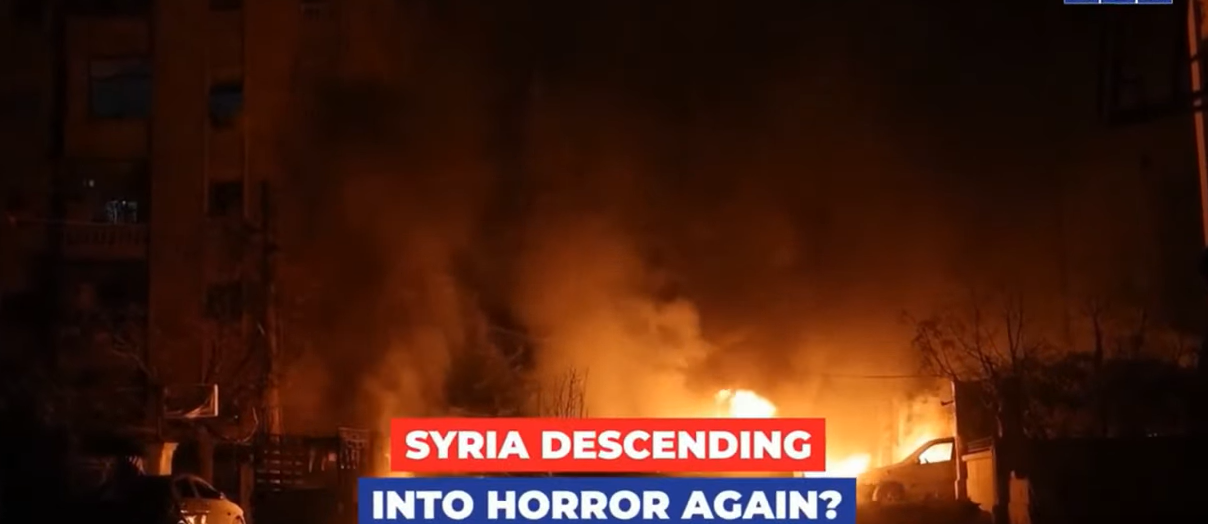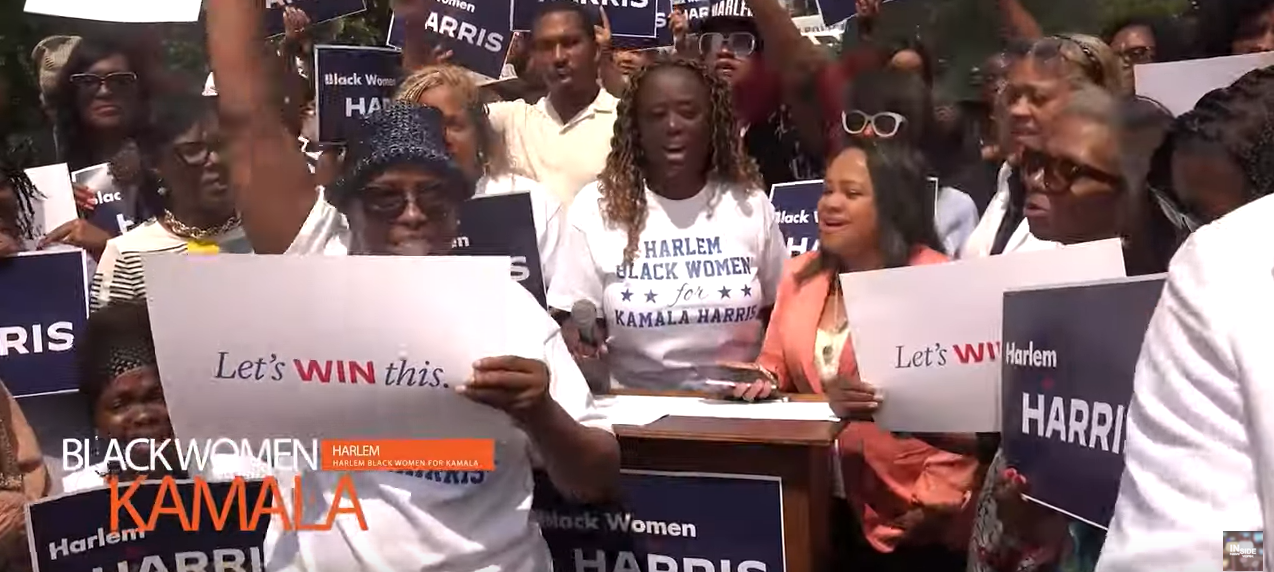[Book Excerpt #6\”The Roots of Racism in American Policing”]
The loophole in the Thirteenth Amendment gave rise to a new set of infamous Black Codes, passed in 1865, where laws were designed to entrap African-Americans and forced them back into de-facto slavery.
Photo: Wikimedia Commons
Former Marine veteran Kenneth Chamberlain Sr., 68, was fatally shot on November 19, 2011, by police inside his home, after being allegedly called “nigger” by Officer Steven Hart.
The following is an excerpt from the upcoming book “The Roots of Racism in American Policing: From Slave Patrols to Stop-and-Frisk.”
Over the next few weeks, the Black Star News will be publishing selected portions from the book. The following excerpt is from Chapter 2.
After the so-called Emancipation Proclamation was issued, and the adoption of the Thirteenth Amendment went into effect, many former slaves no doubt thought their fortunes were about to change for the better. But White racism was not about to allow that. Almost immediately, new “legal” mechanisms were construed and created to block Black freedom. Indeed, the Thirteenth Amendment had a convenient loophole that enabled Whites who sought to control Blacks (and to continue the economic exploitation of their labor) the means to do so.
The Thirteenth Amendment reads: “Neither slavery or involuntary servitude, except as a punishment for crime whereof the party shall have been duly convicted, shall exist within the United States, or any place subject to their jurisdiction.”
The Thirteenth Amendment loophole that was used to criminalize Blacks post-Slavery was based upon the above portion of the Thirteenth Amendment which reads “except as a punishment for a crime whereof the party shall have been duly convicted.” From this point, the pervasive character assassination of African-Americans as criminals began and would soon become widespread in racist American propaganda.
This reality continues today.
Politicians and police officials justify their racist policing practices by arguing that the supposedly higher rate of crime in Black communities forces them to focus a major part of their policing agenda where Black people live. The high incarceration rate of Blacks, relative to being only 12 percent of the American population, is by no means accidental.
Blacks make up at least 33 percent of the prisoners in America. Whites, who represent over 60 percent of the population make up about 30 percent. Latinos make up about 23 percent. The higher rate of Black incarceration has everything to do with institutional racism and with arresting the development of Black America which still continues. American police’s main targets for criminalization have always been Black people.
Many deceitful politicians use the criminalization and incarceration of Blacks as part of their political strategy of appealing to the racism in White voters.
For example, former New York Mayor Michael Bloomberg was in full support of the racist police policy practice of Stop-and-Frisk, until November 2019, when he decided to run for the American Presidency under the Democratic banner. Knowing he would now need Black votes to gain the Democratic nomination, Bloomberg suddenly had an epiphany that the NYPD engaged in racist tactics that increase the phony “crime” statistics politicians like himself used to justify the over-policing of Black communities. Of course, when he was virulently supporting Stop-and-Frisk, he was also appealing to racist White fears of the supposed malevolence of Black criminality.
In the south, the loophole in the Thirteenth Amendment gave rise to a new set of infamous Black Codes, passed in 1865, where laws were designed to entrap African-Americans and forced them into de-facto slavery. In some states, where the Codes were enforced, Blacks were required to sign yearly labor contracts or risk being arrested, fined—or were forced into working for free. The “Father of Harlem Radicalism,” Hubert Harrison, in a September 24, 1921 article, in the New York World newspaper, (published in the Hubert Harrison Reader, edited by Dr. Jeffrey Perry) entitled “Ku Klux Klan in the Past” wrote of one of the fines Blacks faced under the Codes. “They (Southern Whites) proceed to pass laws reducing the Negroes to a new condition of serfdom more galling and hopeless than Slavery had been. For instance, in Alabama and elsewhere it was decreed that any Slave who did not possess $350 cash should be declared a vagrant, taken into custody and sentenced to hard labor.”
By these nefarious tactics, southern Whites continued the economic exploitation of African-Americans by manipulating the Thirteenth Amendment loophole. This historical fact should be taken into consideration when examining the continued current criminalization of Black America—and consequently, the bigoted brutalization that we face by the enforcers of this system: America’s police. We’ve all heard about the federal report on Ferguson, where the police and courts there balanced their budgets on the backs of Blacks by writing bogus tickets and summonses.
In New York City, the NYPD quota system—that police officials claim is non-existent—is another way White America economically cripples Black communities. Similar things are happening across America, anywhere where Black people live.
The use of tickets is another tool that is being used to financially weaken Black communities. NYPD Officer Adhyl Polanco is one of the few officers who exposed the racist nature of the NYPD, as it relates to their quota policy. Officer Polanco recorded his superiors making racist statements about characteristic Black “perps.”
We know officers who aren’t able to fulfill quota requirements apparently face disciplinary actions. Under the “collars for dollars” program, NYPD officers were allegedly rewarded with overtime pay, promotions, and positive evaluations based on number of summonses, arrests, etc. We can also say this with a degree of certainty: pressure to fulfill quota requirements have led to some of the Black deaths at the hands of police that we’ve witnessed.
We know Eric Garner died when Officer Daniel Pantaleo, and others, were trying to ticket him for selling “loosies.” Sean Bell’s death should be noted here as well since police were reportedly trying to make a few more arrests before their shift was over. And as the Ferguson example tells us, quotas are to be largely executed in poor areas of America—especially, where Black people live.
Of course, racist laws, like the Black Codes, needed policing to impose it on African-Americans and give it the veneer of legal justification. This is where the southern sheriffs, and that apparatus, which was connected to Slave Patrols, comes in. Southern sheriffs—like modern police—were mandated to search for Blacks guilty of these “crimes” that were legislated by these “laws,” such as the Black Codes.
Similarly, in our time, Black communities have been over-policed to swell the numbers of Blacks arrested for the crime of drug possession, in ways that if done in White communities would have similar (likely worse) effects in increasing America’s prison population. The so-called “War on Drugs” was a tactic utilized to thwart Black empowerment and stymie the gains won because of the Sixties’ Civil Rights movement.
Southern sheriffs were politically empowered to carry out the official oppression of African-Americans. They took up where their former Slave Patrols mentors left off. Contemporary American police are doing the same thing today.








